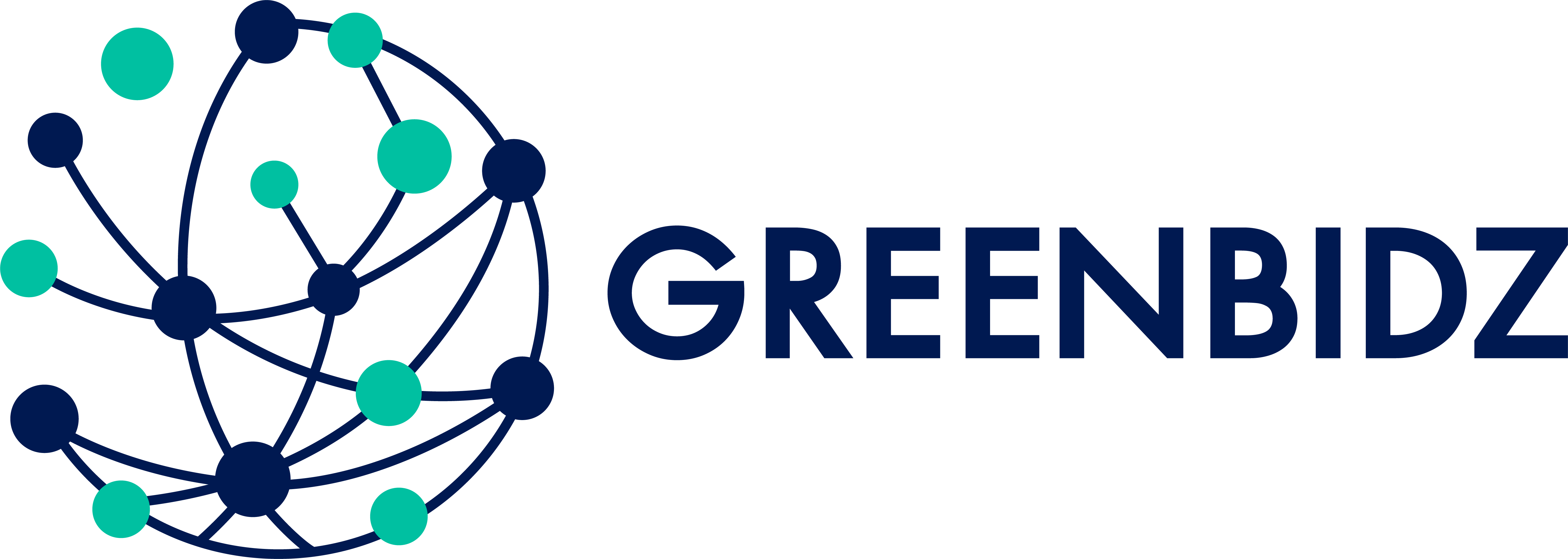
In today’s world, sustainability is more than just a buzzword; it’s a critical aspect of business operations. Companies are increasingly held accountable for their environmental impact, and adhering to recognized standards and protocols is essential. Among these, the Greenhouse Gas Protocol and various ISO standards play a pivotal role in guiding businesses toward more sustainable practices.
The Greenhouse Gas Protocol: A Cornerstone of Sustainability
The Greenhouse Gas (GHG) Protocol is a comprehensive global framework for measuring and managing greenhouse gas emissions. It provides standards, guidance, tools, and training for businesses and governments to understand, quantify, and manage GHG emissions. The protocol is divided into three scopes:
- Scope 1: Direct emissions from owned or controlled sources, such as company vehicles or on-site energy production.
- Scope 2: Indirect emissions from the generation of purchased electricity, steam, heating, and cooling consumed by the reporting company.
- Scope 3: All other indirect emissions that occur in a company’s value chain, including both upstream and downstream activities.
Extend the lifespan of your assets and reduce your environmental impact.
By adhering to the GHG Protocol, businesses can accurately assess their carbon footprint, set reduction targets, and develop strategies to reduce emissions, which is crucial for meeting global sustainability goals.
Key ISO Standards for Sustainability
In addition to the GHG Protocol, several ISO standards are vital for businesses aiming to enhance their sustainability practices:
1. ISO 14001: Environmental Management Systems
Overview: ISO 14001 provides a framework for developing an effective environmental management system (EMS). It helps organizations identify and control their environmental impact, improve environmental performance, and ensure compliance with regulations.
Benefits: By implementing ISO 14001, businesses can reduce waste, lower energy usage, and minimize their overall environmental footprint.
2. ISO 50001: Energy Management Systems
Overview: ISO 50001 focuses on energy management and provides a framework for organizations to manage and reduce their energy consumption. This standard is particularly relevant for businesses with high energy usage.
Benefits: Companies that adopt ISO 50001 can improve energy efficiency, reduce energy costs, and contribute to global efforts to combat climate change.
3. ISO 14064: Greenhouse Gases
Overview: ISO 14064 provides a standardized approach to quantifying, monitoring, reporting, and verifying greenhouse gas emissions. It consists of three parts, covering organization-level inventories, project-level emissions, and GHG validation and verification.
Benefits: This standard helps businesses ensure accurate and consistent GHG reporting, which is essential for transparency and accountability.
4. ISO 14046: Water Footprint
Overview: ISO 14046 focuses on assessing the water footprint of products, processes, and organizations. It considers both direct and indirect water usage and its environmental impacts.
Benefits: By implementing ISO 14046, businesses can identify areas of high water consumption and develop strategies to reduce their water footprint, which is critical in regions facing water scarcity.
5. ISO 14040: Life Cycle Assessment (LCA)
Overview: ISO 14040 provides guidelines for conducting a Life Cycle Assessment (LCA), which evaluates the environmental impacts associated with all stages of a product’s life cycle, from raw material extraction to disposal.
Benefits: LCA helps businesses make more informed decisions about product design, resource use, and waste management, leading to more sustainable products and services.
How GreenBidz Can Help
While adhering to these protocols and standards is crucial, businesses must also consider the sustainability of their assets. One often-overlooked aspect of sustainability is asset management—specifically, the lifecycle of equipment and machinery. This is where GreenBidz can make a significant impact.
GreenBidz is a global marketplace that helps businesses extend the lifespan of their assets by facilitating the resale, redistribution, or recycling of surplus equipment. By choosing to redeploy or sell pre-owned equipment through GreenBidz, companies can avoid the environmental impact associated with manufacturing new equipment, thus supporting a circular economy.
Key Benefits of GreenBidz:
- Extended Equipment Lifespan: By enabling the resale of surplus assets, GreenBidz helps businesses extend the useful life of their equipment, reducing waste and conserving resources.
- Global Reach: GreenBidz connects sellers with a worldwide network of buyers, ensuring that valuable equipment finds a new home where it can continue to be used productively.
- Sustainability Impact: By choosing GreenBidz, businesses contribute to a reduction in the environmental footprint associated with manufacturing, transportation, and disposal of equipment.
In conclusion, as businesses navigate the complexities of sustainability, adhering to key protocols like the GHG Protocol and ISO standards is essential. However, equally important is the sustainable management of assets. GreenBidz provides a practical solution for businesses looking to extend the lifecycle of their equipment, reduce waste, and contribute to a more sustainable future.



